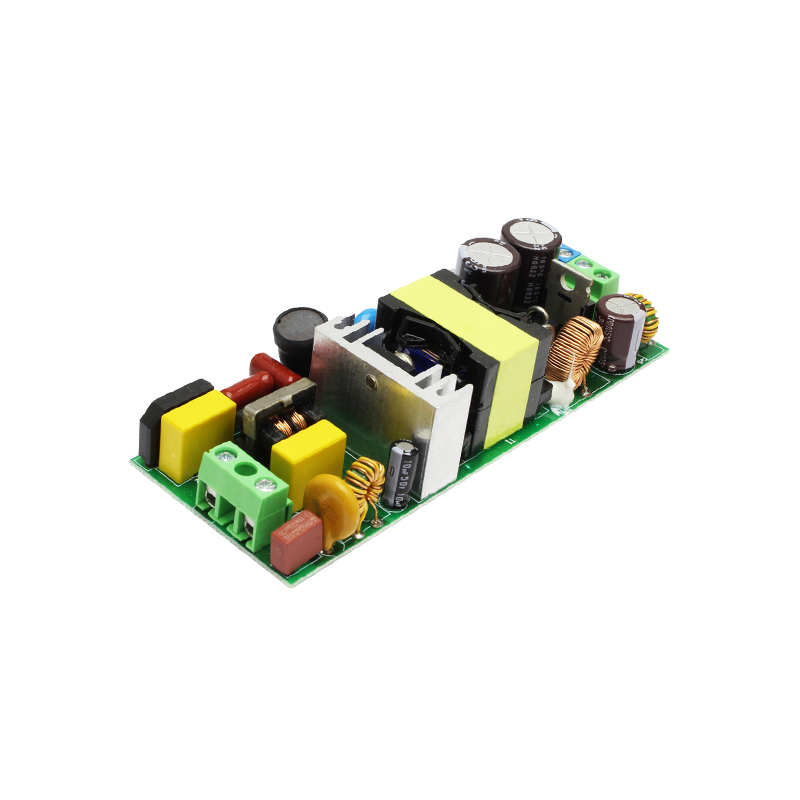The confusion around whether COB (Chip-on-Board) LED require drivers is common. Without proper powering, their performance and lifespan can be compromised. This guide will clarify if drivers are necessary and why they matter for COB LEDs.
Yes, COB LEDs typically require drivers to regulate the current and voltage supplied to them. Drivers ensure the COB LED operates within its specified electrical parameters, preventing damage and ensuring optimal performance.
Without understanding the importance of drivers, you might risk damaging your COB LEDs. Let’s explore why they are critical and how to choose the right one for your needs.
What Are COB LEDs?
The problem with many LED systems is inefficiency and bulk. COB LEDs address this with their unique structure.
COB LEDs (Chip-on-Board) consolidate multiple LED chips on a single substrate, offering high brightness and compact design.

COB LEDs combine several LED chips into a single module, reducing the space between individual diodes. This creates a uniform light output with minimal shadows, making COB LEDs ideal for applications requiring intense and consistent illumination.
Advantages of COB LEDs:
| Fonctionnalité | Bénéfice |
|---|---|
| High brightness | Compact design ensures brighter light output. |
| Uniform light output | Reduces shadows and inconsistencies in lighting. |
| Efficient cooling | Simplifies heat dissipation with a single module. |
While COB LEDs excel in performance, they demand specific electrical conditions to function correctly—this is where drivers come in.
Why Do COB LEDs Need Drivers?
COB LEDs operate on direct current (DC) and require precise voltage and current to avoid damage. This presents a problem if connected directly to an inconsistent power source.
LED drivers regulate electrical input, ensuring the LED operates within safe parameters, preventing overheating or failure.
Dive-Deeper: The Role of Pilotes LED
LEDs are sensitive to:
- Overvoltage: Excessive voltage can cause overheating.
- Overcurrent: Unregulated current spikes can lead to failure.
How Drivers Help:
| Problème | Driver’s Role |
|---|---|
| Overvoltage | Limits voltage to prevent damage. |
| Overcurrent | Maintains steady current for consistent output. |
| Power fluctuations | Smooths out variations in power supply. |
A reliable driver ensures your COB LEDs function efficiently and achieve their rated lifespan.
Are There COB LEDs That Don’t Need Drivers?
You might wonder if driverless COB LEDs can simplify your setup. These models exist, but they come with trade-offs.
Driverless COB LEDs integrate current and voltage regulation components, reducing external requirements. However, their efficiency and lifespan are often lower.

Dive-Deeper: Limitations of Driverless COB LEDs
Driverless COB LEDs rely on integrated circuitry to manage power but face challenges:
- Heat Management: Internal regulation components generate additional heat.
- Efficacité: Losses in internal circuits reduce overall performance.
- Durabilité: Susceptible to power surges, leading to shorter lifespans.
If long-term performance is critical, external drivers remain the preferred choice for most applications.
Types of Drivers for COB LEDs
Choosing the right driver depends on your COB LED’s electrical requirements. The two primary types are constant current and constant voltage drivers.
Constant Current Drivers: Ideal for COB LEDs that require a steady current regardless of voltage variations.
Constant Voltage Drivers: Suitable for systems where voltage is pre-configured and consistent.
Dive-Deeper: When to Use Each Driver
| Driver Type | Best Used For |
|---|---|
| Courant constant | Individual COB LEDs needing specific current. |
| Tension constante | COB systems integrated with voltage regulation. |
Understanding your COB LED specifications is critical for selecting the right driver.

How to Choose the Right Driver for Your COB LEDs
Selecting a driver involves matching its output with your COB LED’s specifications. This ensures compatibility and efficiency.
Key considerations include voltage, current, and power ratings, as well as dimming capabilities.
Dive-Deeper: Factors to Evaluate
- Exigences de tension et de courant : Match the driver output to the COB LED’s rated input.
- Puissance nominale : Ensure the driver can handle the total wattage of your COB LED setup.
- Options de gradation : Choose dimmable drivers for adjustable lighting needs.
| Spécifications | Ce qu'il faut rechercher |
|---|---|
| Voltage range | Matches COB LED requirements. |
| Current regulation | Provides steady current for safe operation. |
| Dimming compatibility | Supports desired lighting control features. |
Proper driver selection guarantees optimal performance and prevents unnecessary failures.
What Happens If You Use COB LEDs Without a Driver?
Running COB LEDs without a driver might seem convenient but can lead to significant issues.
Without a driver, COB LEDs are exposed to unregulated power, increasing the risk of overheating, reduced lifespan, or immediate failure.
Dive-Deeper: Risks of Driverless Operation
- Overheating: Unregulated power results in excessive heat generation.
- Lifespan Reduction: Repeated power fluctuations degrade LED components.
- Immediate Failure: Overcurrent conditions can permanently damage LEDs.
Even for driverless COB LEDs, ensuring a stable power supply is essential to maintain their functionality.
Applications of COB LEDs and Their Drivers
COB LEDs are versatile and power various applications, from industrial lighting to residential designs. Each use case demands a specific driver type for optimal performance.
Dive-Deeper: Common Applications
| Application | Driver Requirements |
|---|---|
| Stage lighting | Dimmable drivers for brightness control. |
| Industrial lighting | High-power drivers for maximum efficiency. |
| Residential lighting | Compact, efficient drivers for smaller setups. |
Drivers not only power the LEDs but also influence how effectively they perform in these scenarios.
Conclusion
Most COB LEDs require drivers to function safely and efficiently. Choosing the right driver ensures optimal performance, longevity, and reliability of your lighting setup. Always prioritize compatibility and quality when selecting a driver for your COB LEDs.











